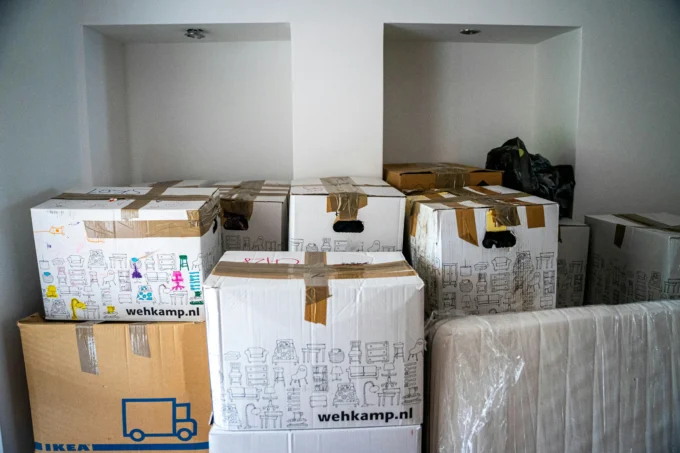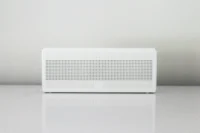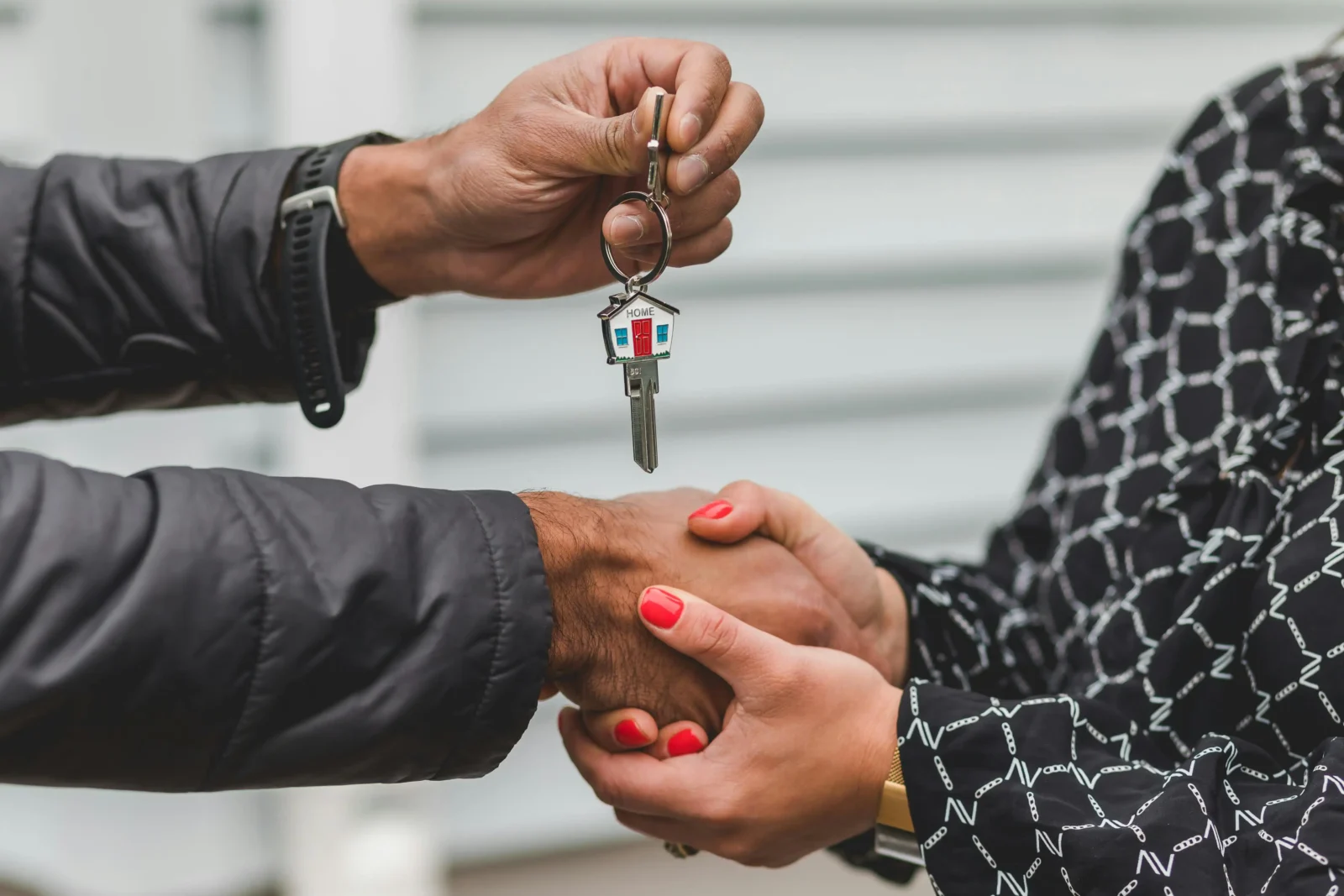- Home
- Articles
- Architectural Portfolio
- Architectral Presentation
- Inspirational Stories
- Architecture News
- Visualization
- BIM Industry
- Facade Design
- Parametric Design
- Career
- Landscape Architecture
- Construction
- Artificial Intelligence
- Sketching
- Design Softwares
- Diagrams
- Writing
- Architectural Tips
- Sustainability
- Courses
- Concept
- Technology
- History & Heritage
- Future of Architecture
- Guides & How-To
- Art & Culture
- Projects
- Interior Design
- Competitions
- Jobs
- Store
- Tools
- More
- Home
- Articles
- Architectural Portfolio
- Architectral Presentation
- Inspirational Stories
- Architecture News
- Visualization
- BIM Industry
- Facade Design
- Parametric Design
- Career
- Landscape Architecture
- Construction
- Artificial Intelligence
- Sketching
- Design Softwares
- Diagrams
- Writing
- Architectural Tips
- Sustainability
- Courses
- Concept
- Technology
- History & Heritage
- Future of Architecture
- Guides & How-To
- Art & Culture
- Projects
- Interior Design
- Competitions
- Jobs
- Store
- Tools
- More
Green Building Technologies for Dallas Commercial Real Estate

Dallas’ skyline has never been stagnant. It morphs, shapeshifts, and blossoms with each passing decade. But increasingly what I notice more than the glass towers and steel frameworks is how talk in boardrooms and job sites and trustafarian confabs in deepest Brooklyn somehow have become about one thing: sustainability.
I had been chatting not long ago with a Dallas commercial electrician who told me, “Ten years ago, no one asked me about energy-efficient wiring or EV charging stations. Now, it’s the first question.” That move says a lot about where the city’s commercial real estate market is headed. And honestly, it feels overdue.
Table of Contents
ToggleWhy It Matters to Build Sustainably in Dallas

Whether it is weather or real estate, Dallas is hot. Anyone who’s left the house in July knows how unrelentingly powerful the sun shines. This is not just a pain in the neck. It impacts energy use directly. Commercial buildings here have air-conditioning that is operated almost year-round, resulting in high operating costs and a heavy carbon footprint.
Enter: sustainable building practices. It’s not just about being eco-friendly. “You make these decisions for a lot of reasons,” he said, rattling off some of them: reducing waste, improving air quality, cutting long-term costs and fashioning a greener future for the city.
Data backs this up. It’s a signal that LEED is thriving in the state, as Texas was also third in the nation for new projects in 2023. Many of the projects in Dallas, such as the Perot Museum, are already featuring green roofs, rainwater harvesting, and smart lighting systems that take the concept of sustainability from buzzword to no-brainer.
And I’ll be blunt. Dallas commercial investors aren’t doing this out of the goodness of their hearts. They’re doing it because tenants, regulators and investors are demanding buildings that prove their sustainability.
Green Building Certifications and Standards

The city’s emphasis on green building isn’t haphazard. In 2009, Dallas passed a Green Construction Ordinance, which among other things, mandates various building practices exceed what’s required by basic city ordinances. The goal: carbon neutrality by 2030.
High on the list is being LEED certified. LEED, which stands for Leadership in Energy and Environmental Design, is a whole lot more than a plaque in the lobby wall. It’s a benchmark of quality. It denotes less consumption of energy, more intelligent water systems and a pledge to lessen the environmental footprints.
For Dallas builders, LEED isn’t a choice anymore. It’s becoming the ticket to landing high-value tenants who seek certainty that their offices or stores fit with their own ESG pledges.
The Dallas Green Building Program Ordinance, summarized by the American Council for an Energy-Efficient Economy (ACEEE), outlines phased requirements for energy efficiency, water conservation, and sustainable construction, shaping how developers and contractors approach new projects in the city (ACEEE, 2025).
Intelligent Building Systems and Energy Efficiency
Step inside a contemporary office building, and you’ll probably take note of more than just the architecture. You will notice natural light streaming through expansive windows, ventilation systems that self-adjust and possibly dashboards displaying real-time energy data.
Smart building technology brings it all full circle. IoT sensors and analytics powered by AI enable managers to maximize energy efficiency, decrease waste and even detect leaks before they become costly. Some studies suggest that these systems can reduce operating costs by as much as 20 percent.
A friend of mine who oversees a midsize commercial complex in Uptown showed me how AI-driven HVAC systems and occupancy sensors had changed everything for her property. Tenants were more comfortable, utility bills fell, and suddenly the property shifted years ahead of its competition.
That’s the kind of thing people talk about as sustainable construction. It’s not the insulation or the thickness of the walls. It is deploying tech to align buildings with our human needs and our environmental responsibilities.
According to research from the National Renewable Energy Laboratory (NREL), advanced building sensors and controls can cut energy use in commercial properties by nearly 29%, though adoption still lags due to high upfront costs and lack of technical expertise (NREL, 2022).
Renewable Energy and Rooftop Solutions

Dallas has more than 230 days of sunshine each year. That’s why solar is becoming such a good, natural fit for commercial rooftops. I visited a warehouse recently whose roof resembled a solar farm. The owner conceded up front, “It was expensive to install, but I’m already getting payback.”
This is the trade-off developers consider. The initial expense can be sharp, but with tax credits and the decline in solar panels costs, solar is one of the most accessible forms of renewable energy for commercial properties these days. Paired with battery storage, that means fewer spikes in energy bills and less carbon emitted into the atmosphere.
Combine solar with a green roof, and the impact multiplies. Plants shade the building, capture stormwater, and help ameliorate the urban heat island. But also: It contributes to the aesthetic value, which is another subliminal selling point for renters.
Water Conservation and Smarter Systems
And one more hidden cost of big plants is water. The numbers rack up quickly, especially considering landscaping, cooling towers and general water usage.
There is a growing number of Dallas homes today that feature water-saving appliances, sustainable materials, with a few even equipped with a rainwater collection system. These aren’t experimental ideas anymore. They’re proven. The Perot Museum collects enough water to meet most non-potable needs and 100 percent of irrigation.
I once walked through a corporate campus in North Dallas where stormwater was gathered from the roof, filtered and stored in tanks. It wasn’t pretty, but the engineers boasted of the 30 percent reduction in their city water bills it enabled. That’s the kind of sustainable sourcing that sounds small but makes a big difference.
Local Expertise Matters

Here’s the truth. Sure, you can purchase smart sensors and install eco-friendly materials, but without expertise on the ground, projects languish. There are also reasons Dallas has its own building codes, soil and climate challenges.
That’s why so many homeowners can’t do without experts like a Dallas commercial electrician. They have all the details down: the particulars of grid integration, EV charging stations, renewable energy tie-ins, the fine print that makes sure that projects are safe, and compliant.
And it’s the same with architects and fabricators who are used to sustainable construction. Without them, concepts can be beautiful on paper and then collapse in practice.
Case Studies in Dallas
Perot Museum of Nature and Science: Recognizable for its green roof, smart lighting, and rainwater collection. It is overlaid as an example for the integration of aesthetics with energy-effective architecture.
DATCU Stadium at UNT Rare to see LEED Platinum examples, as this one incorporates wind turbines, permeable paving and water retention. Evidence that even sports venues can become greener.
Vitruvian Park in Addison: A multitheaded development that prioritizes sustainable building design and natural light, with lessons for mixed-use commercial real estate.
These aren’t theoretical examples. They are up and running today, demonstrating what happens when developers zero in on sustainable building wholeheartedly.
The Business Case for Sustainability
Let’s step back. Why does all this matter?
As real estate value is increasingly measured on sustainability. ESG compliance is more likely to be a question that an investor asks, before asking about square footage. Tenants are demanding eco-credentials. Regulators impose stricter standards.
The numbers line up, too. “Smart retrofits can be proven to decrease operating costs, improve tenant satisfaction and extend the life of the property,” said Claire Collins, an author of the report. Better insulation, state-of-the-art heating/cooling, solar panels, they don’t just keep a fan in comfort or a data center cool, they build reputations.
Sustainable building in other words is not charity, it is good business.
Looking Toward a Greener Future
Dallas is at a crossroads. On the one hand, commercial is still growing like gangbusters. On the other, increasingly strong calls for sustainability offer little space to obsolete practices.
As someone who has worked across sectors, from manufacturing to construction, I have seen how waiting to adopt begets the disaster that causes companies to scramble in hindsight. Those who embrace sustainable building early tend to get out in front.
And although no solution is perfect, even small shifts, upgrading HVAC systems, introducing natural light or installing eco-friendly materials, for example, can lead to a lighter environmental footprint.
With our climate, expertise, and drive, Dallas could be a world leader in this arena. The issue is whether developers, investors and builders will be able to line up quickly enough to shape that greener future.
Conclusion
The future of Dallas commercial real estate is already under construction. Because every green building, every eco-friendly retrofit, every renewable energy project chips away at our carbon footprint.
To me, the biggest realization is how much the industry has gone from theory to practice. Green building’s no longer a fad, it’s the new bedrock.
So when I imagine the city’s skyline 10 years from now, I’m not just envisioning taller buildings. I picture smarter ones, energy-wise and water-wise facilities created in a responsible manner for growth and environment. That is where the real value is, and Dallas has the opportunity to out in front.
illustrarch is your daily dose of architecture. Leading community designed for all lovers of illustration and #drawing.
Submit your architectural projects
Follow these steps for submission your project. Submission FormLatest Posts
Moving Out of Colorado? Smart Tips to Sell Your Home
Leaving Colorado is a big decision. For some homeowners, it’s about work....
How Can You Choose the Right Realtor in Kirkland, WA for Your Home Search?
Choosing the right Realtor in Kirkland, WA, can shape the entire home...
Why Hiring Local Maricopa, AZ Real Estate Agent Makes All Difference
That enthusiasm for shopping for your new home in Maricopa quickly fades...
Why Secondary Dwellings Are a Smart Move for Property Investors
For property investors looking to maximise returns without overextending, secondary dwellings are...












Leave a comment